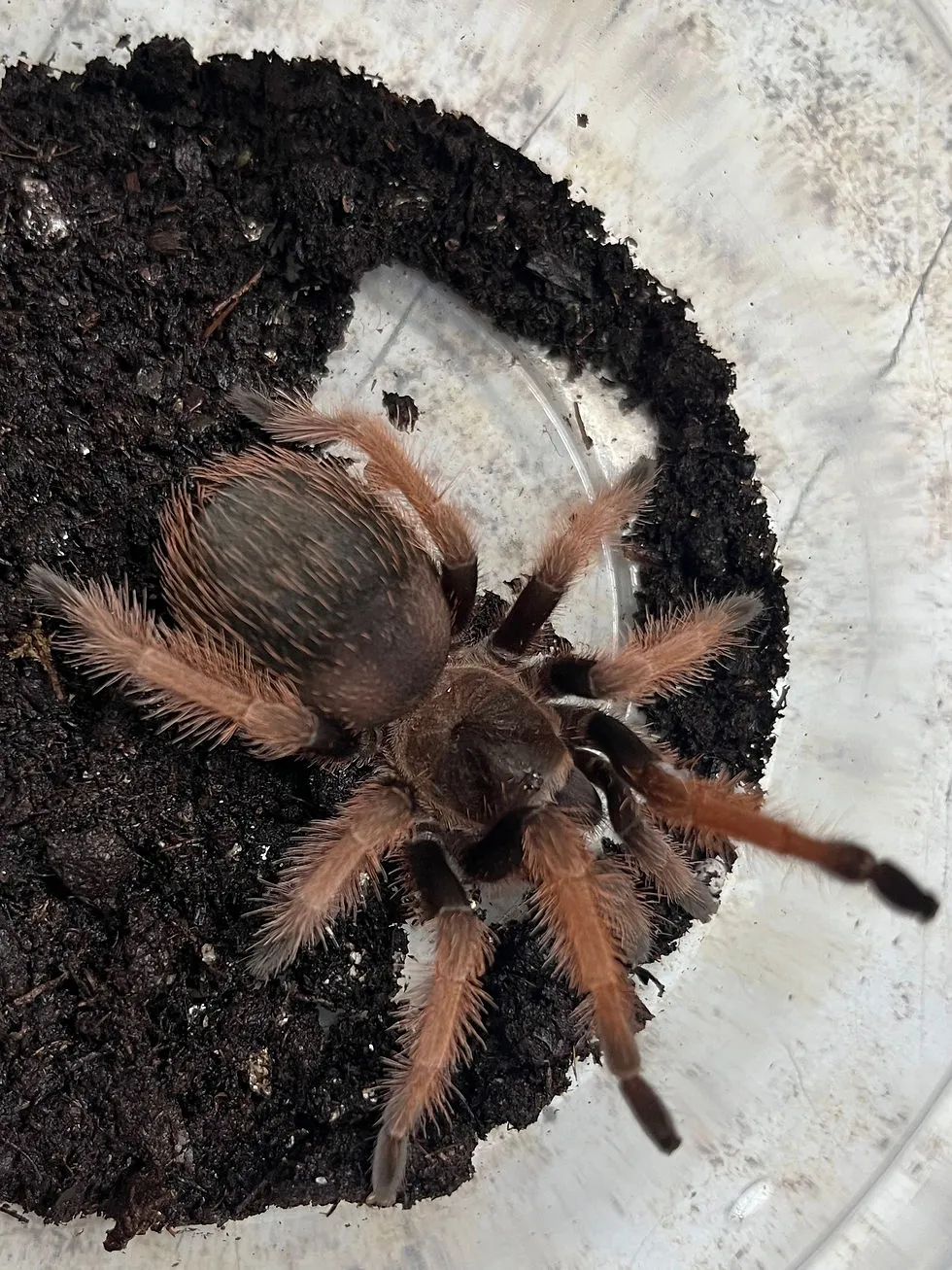What is a Bright Pink Tarantula?
The bright pink tarantula, scientifically known as Birupes simoroxig, is a captivating and relatively rare species of tarantula known for its striking coloration. Unlike the more commonly seen brown or black tarantulas, this species boasts a vibrant pink hue, making it a highly sought-after pet for arachnid enthusiasts. Native to the tropical rainforests of Southeast Asia, the bright pink tarantula has gained popularity due to its unique appearance and intriguing behavior. Understanding this species involves looking into its physical characteristics, the environments it thrives in, and its overall temperament. Its beauty is matched by the challenges of providing appropriate care, which contributes to the fascination surrounding this remarkable creature. As you explore more about these tarantulas, you’ll quickly see why it’s a favorite among hobbyists and why it continues to intrigue those who appreciate the wonders of the natural world.
Appearance and Identification
The most distinctive feature of the bright pink tarantula is, of course, its vibrant pink coloration. The intensity of the pink can vary, but it typically covers the carapace (the top of the cephalothorax) and the legs. The abdomen often displays a darker color, providing a striking contrast. The size of the bright pink tarantula is another key identifier. Mature females can reach a leg span of up to 6 inches, while males are usually slightly smaller. Their bodies are covered in fine hairs, which give them a velvety texture. Identifying this species accurately requires careful observation. The presence of pink coloration, combined with its relatively compact size and the specific locality, helps differentiate it from other tarantula species. Other physical characteristics, such as the structure of its fangs and the arrangement of its eyes, are also important but require more advanced knowledge of tarantula taxonomy.
Habitat and Distribution
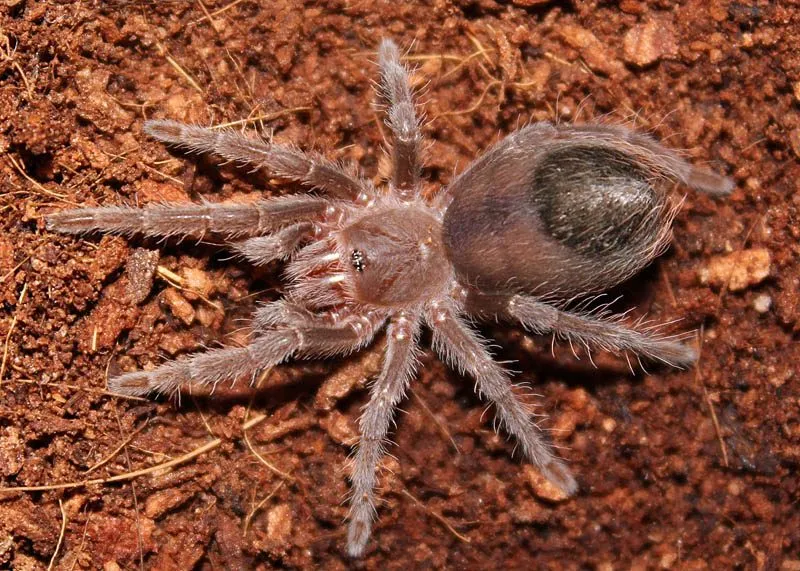
Bright pink tarantulas are endemic to the tropical rainforests of Southeast Asia. They are primarily found in countries such as Malaysia, Thailand, and possibly parts of Indonesia. Within these regions, they prefer humid environments with dense vegetation, which provide shelter and a suitable habitat for hunting. They are typically found in burrows, either self-dug or utilizing existing natural cavities within the forest floor. The microclimate within these burrows is crucial for their survival, offering protection from extreme temperatures and providing the humidity they need to thrive. Due to habitat destruction and the increasing popularity of this species in the pet trade, their natural populations are potentially at risk. Conservation efforts and sustainable practices are critical to ensure their survival in the wild. Their specific distribution highlights the vulnerability of these tarantulas to changes in their natural environment, emphasizing the importance of responsible pet ownership and conservation initiatives.
Behavior and Temperament
The behavior and temperament of the bright pink tarantula are typical of a fossorial (burrowing) tarantula species. They are generally nocturnal, spending most of the day hidden within their burrows and emerging at night to hunt. They are opportunistic predators, feeding on insects and other small invertebrates that venture close to their burrow. Their temperament is often described as defensive rather than aggressive. They may display a threat posture when feeling threatened, but bites are rare. The bright pink tarantula is more likely to retreat into its burrow than to attack. However, as with any tarantula, caution is essential when handling them. Their defensive mechanisms include urticating hairs (tiny irritating hairs that can be flicked off the abdomen) and, of course, a venomous bite. Understanding their natural behavior and temperament is essential for providing appropriate care and ensuring the safety of both the tarantula and the handler.
Top 5 Facts About the Bright Pink Tarantula
Fact 1 Exciting Coloration
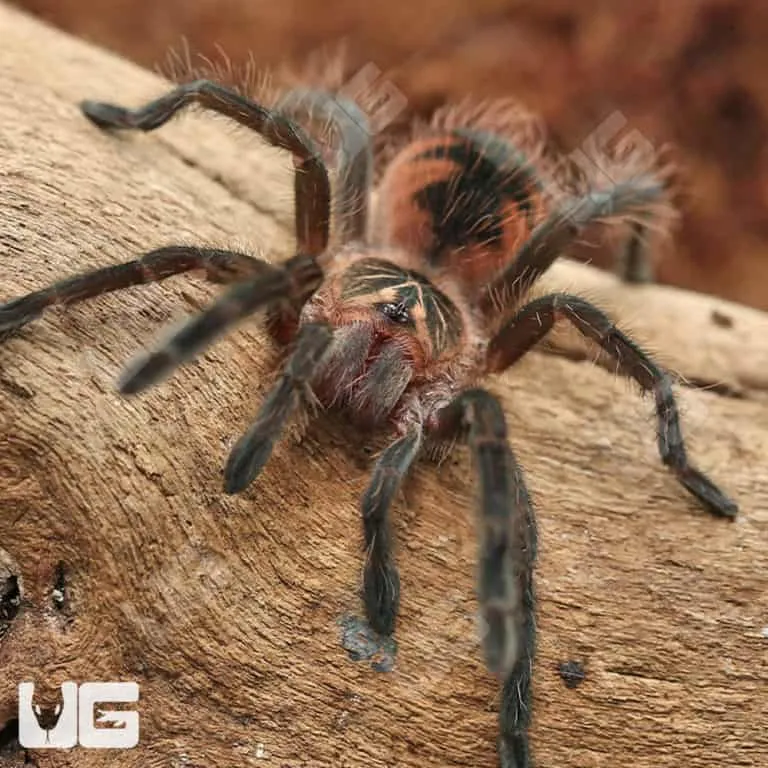
The most captivating aspect of the bright pink tarantula is undeniably its striking coloration. The vibrant pink hues, particularly on the carapace and legs, set it apart from many other tarantula species. This coloration is not just for show it may serve a purpose in camouflage within its environment. The intensity of the pink can vary depending on factors such as age, genetics, and environmental conditions. The contrast between the pink and darker abdominal coloration creates a visually stunning effect, making this species a prized possession for tarantula enthusiasts worldwide. This striking color is a key factor in its popularity and a testament to the diversity found within the animal kingdom.
Fact 2 Unique Habitat
Bright pink tarantulas have a unique habitat preference, dwelling in the humid, tropical rainforests of Southeast Asia. They are primarily fossorial, meaning they live in burrows, either self-excavated or utilizing natural cavities. The specific microclimate within their burrows is vital for their health, as it provides the necessary humidity and temperature regulation. This habitat preference influences their behavior, making them primarily nocturnal and well-adapted to the specific conditions of their environment. Understanding their habitat needs is essential for providing proper care in captivity, and respecting their natural environment is crucial for their conservation in the wild. The reliance on specific habitats highlights the importance of preserving rainforest ecosystems.
Fact 3 Nocturnal Hunter
The bright pink tarantula exhibits nocturnal hunting behavior, typical of many tarantula species. They spend most of the day hidden in their burrows, emerging at night to ambush prey. Their nocturnal habits are an adaptation to their environment, where they can avoid predators and take advantage of cooler temperatures. As opportunistic predators, they will feed on any insect or small invertebrate that comes within range, using their fangs to inject venom and subdue their prey. The bright pink tarantula’s nocturnal hunting strategy highlights their role as a key predator in their ecosystem. This behavior is a significant aspect of understanding and providing for them, as it influences their feeding schedule and enclosure setup.
Fact 4 Venomous Bite
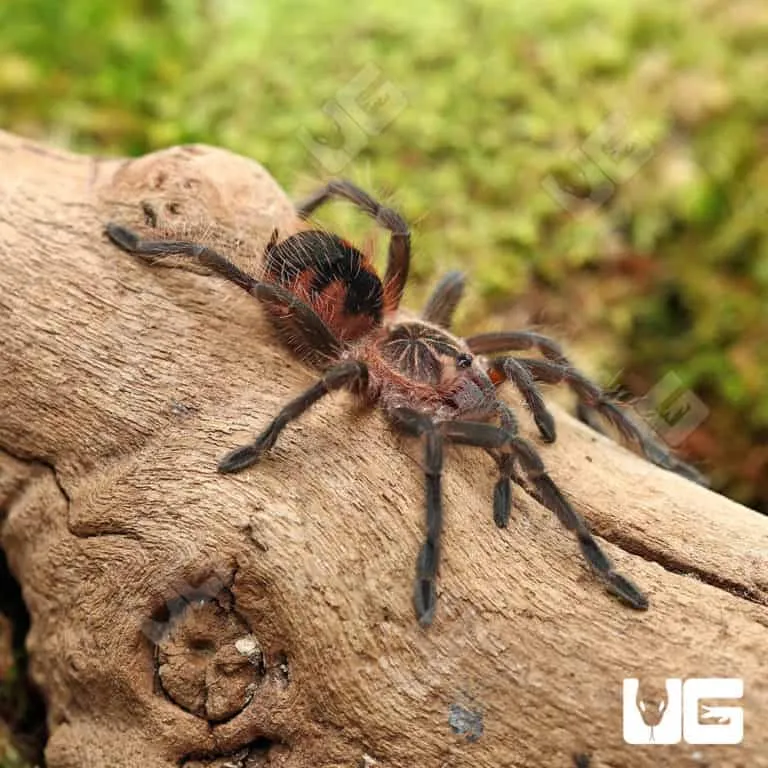
Like all tarantulas, the bright pink tarantula possesses a venomous bite. While their venom is generally not considered life-threatening to humans, it can cause localized pain, swelling, and discomfort. The severity of the reaction can vary depending on the individual and the amount of venom injected. It is important to handle these tarantulas with caution, avoiding any unnecessary contact that could lead to a bite. Proper safety measures, such as using appropriate tools and avoiding sudden movements, are crucial when interacting with this species. Although their venom is not deadly, the bite serves as a defense mechanism. Handling these creatures requires respect for their natural defenses.
Fact 5 Lifespan and Growth
Bright pink tarantulas have a considerable lifespan, especially for females. Females can live for up to 12 years or more in captivity, while males typically have a shorter lifespan, often only living for a few years after reaching maturity. Their growth is a gradual process involving molting, the shedding of their exoskeleton to allow for growth. The frequency of molting decreases as they mature. Proper care, including appropriate feeding and environmental conditions, significantly impacts their lifespan. Providing optimal conditions ensures these tarantulas can reach their full potential and live long, healthy lives. The long lifespan of the female is a key consideration for those considering keeping a bright pink tarantula as a pet.
Caring for a Bright Pink Tarantula
Creating the Right Enclosure
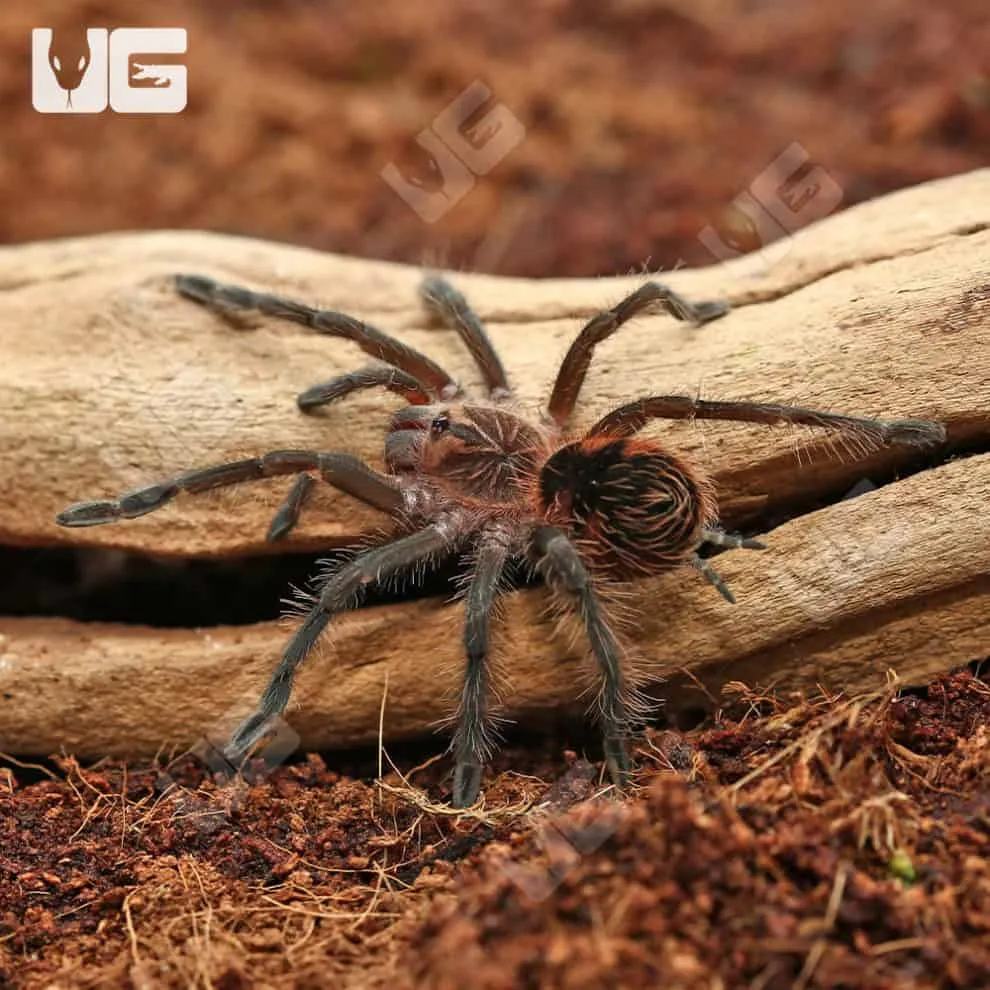
Creating the right enclosure is crucial for the well-being of a bright pink tarantula. A suitable enclosure should be appropriately sized, providing enough space for the tarantula to move around comfortably and allowing for burrowing behavior. A general rule of thumb is a container that is at least three times the tarantula’s leg span in length. The enclosure should have a secure lid to prevent escapes. The substrate should be a mix of materials like coconut fiber, peat moss, and vermiculite, providing a depth of several inches to allow for burrowing. Maintaining the correct humidity level is also essential, which can be achieved by regularly misting the enclosure and ensuring proper ventilation. Providing a water dish, a hide, and possibly some artificial plants adds to the enclosure’s enrichment. The environment should be a good replica of the tarantula’s natural habitat.
Feeding and Diet
Feeding a bright pink tarantula involves providing a varied diet of appropriate-sized insects. Crickets, roaches, and mealworms are common food sources. The size of the prey should be appropriate for the tarantula’s size; typically, insects should be no larger than the tarantula’s body length. Feeding frequency depends on the tarantula’s age and metabolism, but a general guideline is to feed juveniles once or twice a week, while adults can be fed every one or two weeks. Ensure the insects are gut-loaded (fed nutritious food before being offered to the tarantula) to provide the tarantula with essential nutrients. Remove uneaten prey within 24 hours to prevent stress and potential harm to the tarantula. Providing a clean water source is also a must, ensuring that the tarantula stays hydrated and healthy.
Handling and Safety
Handling a bright pink tarantula should be approached with caution. While not inherently aggressive, tarantulas can bite if they feel threatened. It is generally recommended to avoid handling them unless necessary, such as when rehousing or performing enclosure maintenance. If handling is required, do so with extreme care, and always supervise children. The use of long tongs or a soft brush can minimize direct contact. Be mindful of the tarantula’s movements and body language, avoiding sudden movements that could startle it. If bitten, clean the area thoroughly and seek medical attention if symptoms become severe. Understanding tarantula behavior and implementing safety precautions is crucial for minimizing the risk of bites and ensuring a positive experience with this captivating species. Responsible handling is key to ensuring the well-being of the pet and the handler.
Conclusion
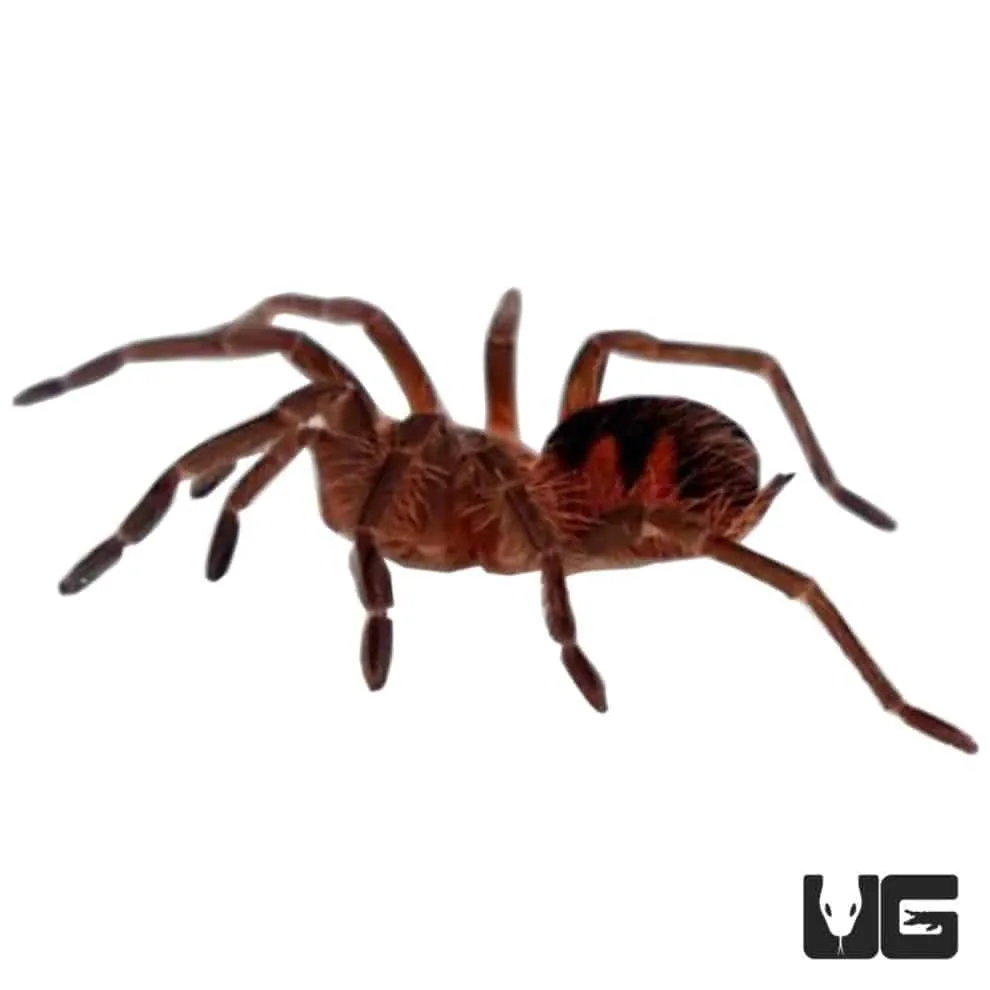
The bright pink tarantula presents an amazing subject, captivating enthusiasts and researchers alike. From its striking appearance and unique habitat to its complex behavior and care requirements, this species continues to fascinate. Understanding its needs, from the right enclosure and diet to the importance of safe handling, is essential for anyone interested in keeping this species. The key takeaways are the significance of conservation efforts and the responsibility of those who keep them. By appreciating their beauty and respecting their needs, we can ensure that future generations have the opportunity to admire these magnificent creatures. For all the care it needs, the bright pink tarantula offers a beautiful glimpse into the amazing world of exotic pets.
